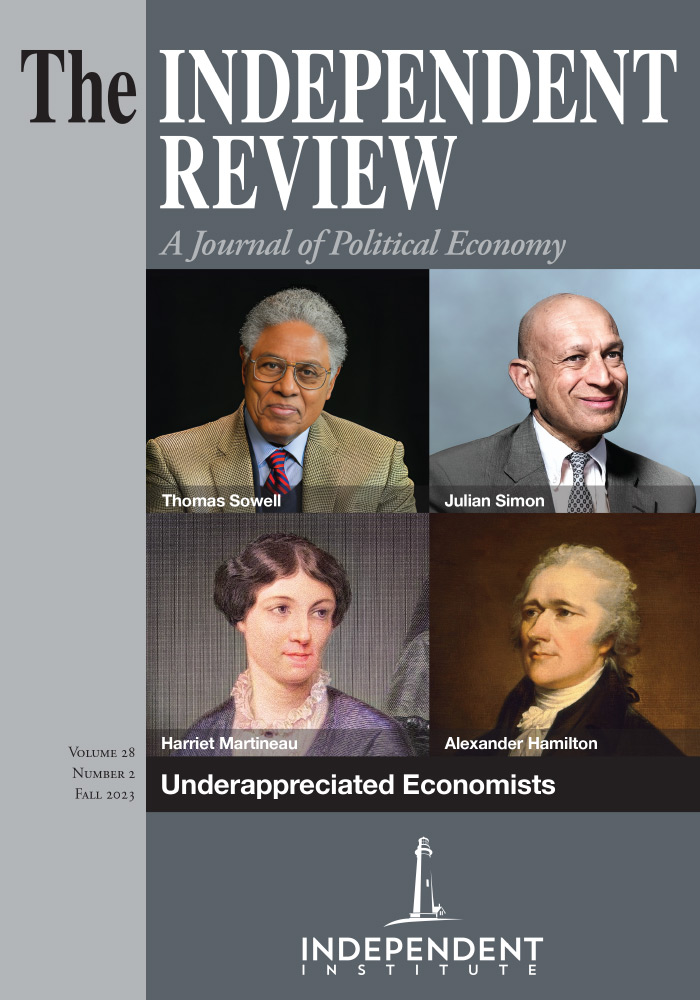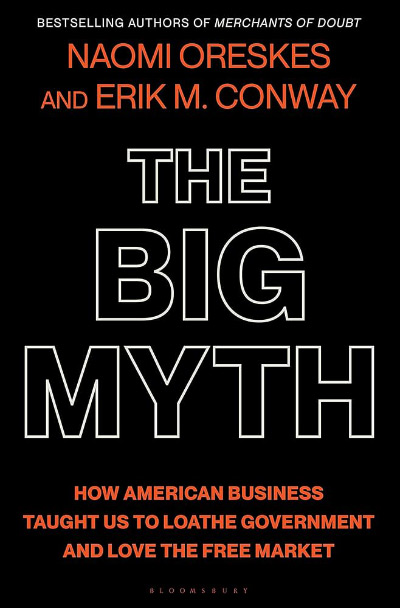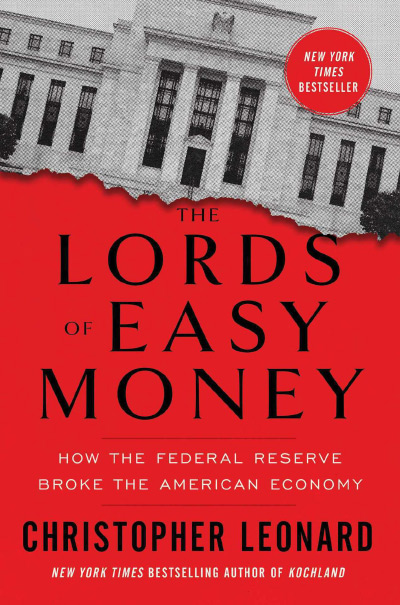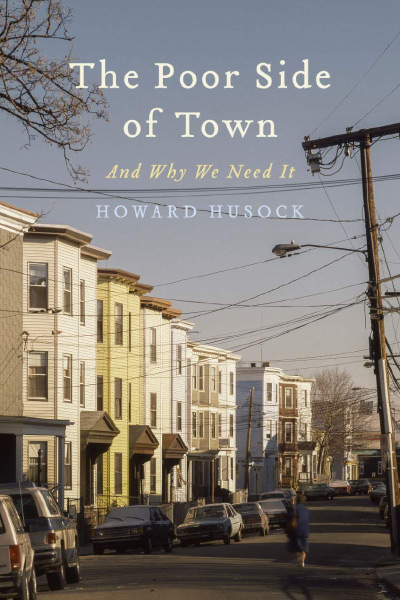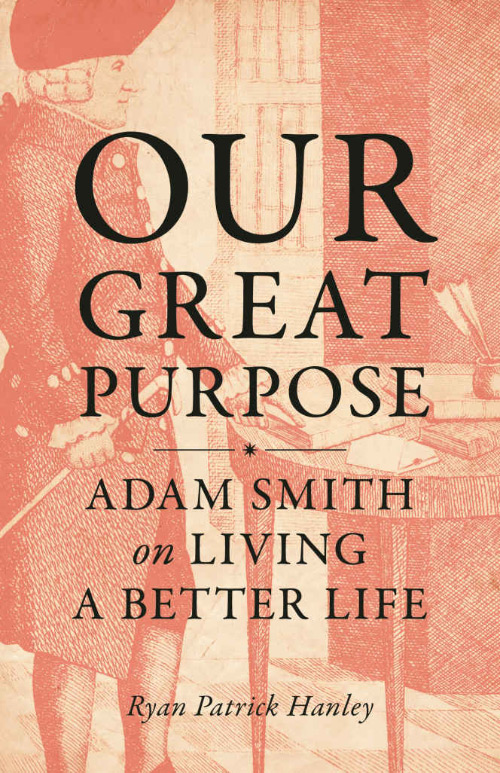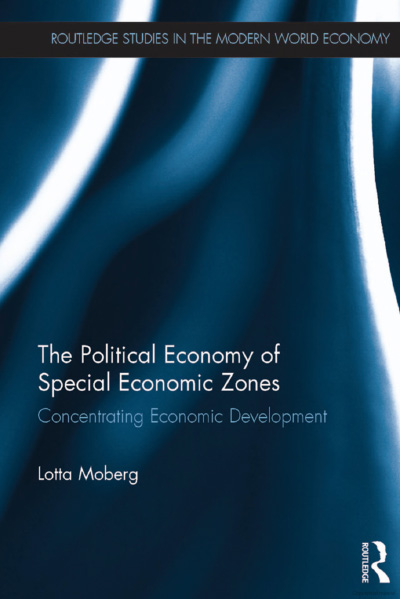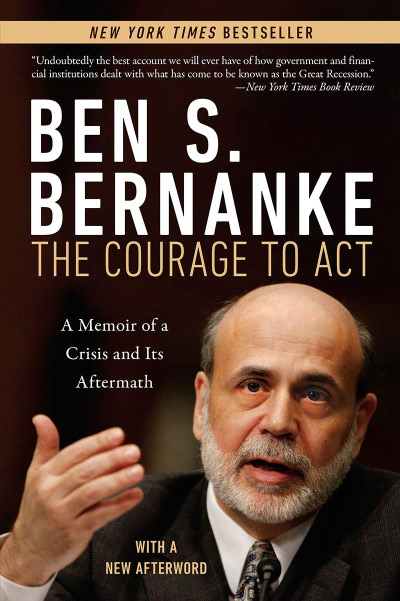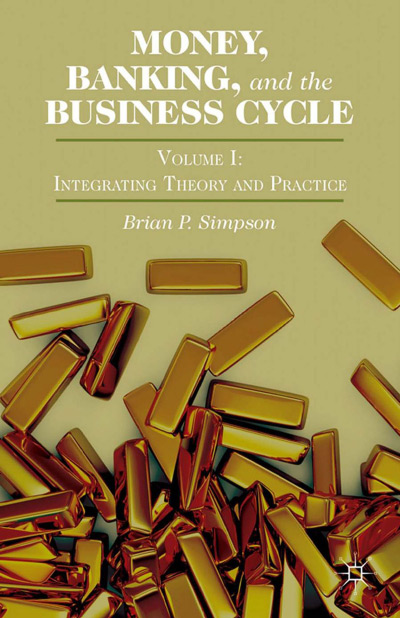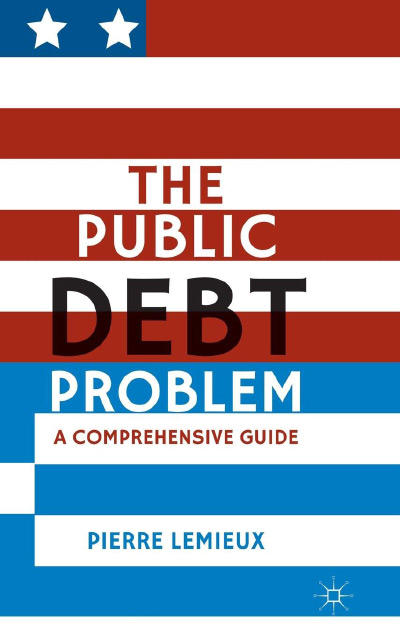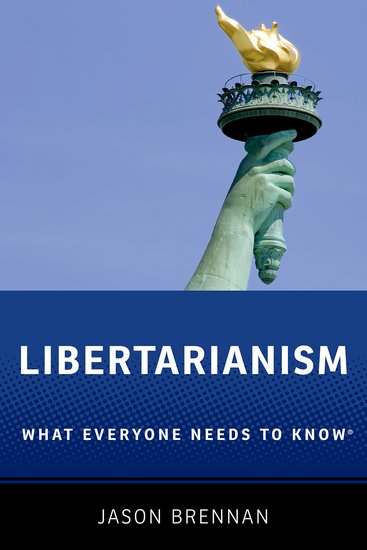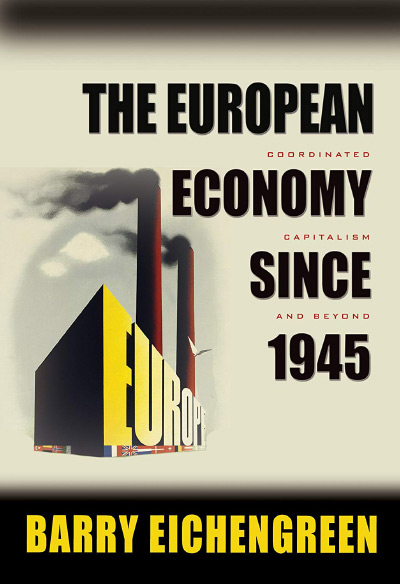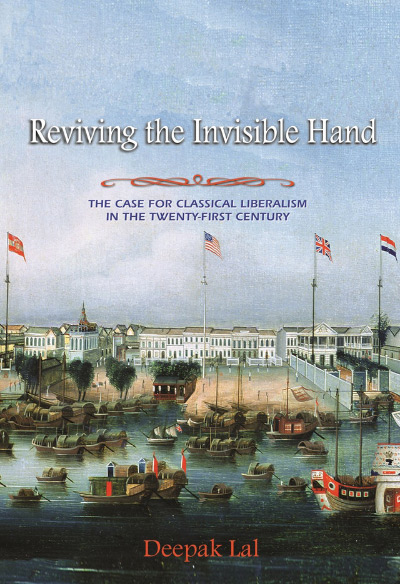The authors, both distinguished historians of science, admit their big book, even though laden with tendentious endnotes and a detailed index, is “not an academic intervention” (p. 14). Anti-market screed is the best short descriptor. It cites sources, but not many that empirically test hypotheses.
The authors set out to discern why many Americans believe in “market fundamentalism,” or the mythical “belief in the primacy of economic freedom not just to generate wealth but as a bulwark of political freedom” (p. 3). In the process, they prove that those critical of the great undefined bogeyman called “capitalism” do not understand basic economics and cannot, or will not, engage with empirical economic history.
The authors’ singular attempt to explain market mechanisms conflates movements along the supply and demand curves with the shifting of those curves. Their claim that “everyone is satisfied” when market equilibrium is achieved is proof that the authors, despite strategic claims to the contrary later in the book, do not understand markets as mechanisms for rationing scarce goods. A firm like “General Electric ... would find a way to meet any demand,” they assert, and if it does not, the market, in their idiosyncratic estimation, has “failed.” The goal of business, they claim, is to meet customer needs “without going broke,” not to earn a return commensurate with the risks undertaken (p. 39).
Although their view of market mechanisms is fatally flawed, the authors write with the distinct advantage of knowing that their views are Truth and contrary views are Propaganda. They follow the Science, to the point of praising the big three Covid mandates (lockdowns, masks, and “vaccines”), while their foes find themselves epistemologically trapped, “impervious” to “moral suasion” and “evidence” (p. 408). So, ironically, the authors feel no need for empirical investigation or hypothesis testing, just the accumulation of “facts” about “market failures” and the people venal enough to ignore the greatness of “democratic” governments. History boils down to Big Business against Big Government. Everything bad, including the extraction of rents, is due to the former while everything good, including the most important corporations and inventions, stems from the latter. Defenders of Big Business drive human suffering while defenders of Big Government bolster the popular will. National socialism is authoritarian and hence bad, but Left socialism is democratic and hence good, so the two should not be conflated even though both solve the scarcity problem through force instead of voluntary association and exchange.
The authors’ main goal is to explain why many Americans have embraced “climate change denial” (p. 2). Eschewing the possibility that scientists have not made a compelling case for anthropogenic global climate change (“it wasn’t remotely possible that they didn’t understand the facts”), much less the “Green New Deal” policies that will purportedly arrest it, the authors press the claim that over the course of the twentieth century the American people were brainwashed by the American Liberty League, Business Roundtable, Foundation for Economic Education, General Electric, Koch Foundation, Mont Pelerin Society, National Association of Manufacturers, National Electric Light Association, Sinclair Broadcasting, Sloan Foundation, University of Chicago’s Free Market Project, and Volker Fund, among others.
Those organizations had help from many individuals, including Glenn Beck, Edward Bernays, Lemuel Boulware, William Buckley, James Fifield, Milton Friedman, Henry Hazlitt, Rose Wilder Lane, Art Laffer, Rush Limbaugh, Harold Luhnow, Ludwig von Mises, J. Howard Pew, Ayn Rand, Leonard Read, Ronald Reagan, Julian Simon, and Charles Wolf. Friedrich Hayek does not make their list because he was “not a heartless absolutist” (p. 145) but rather suffered his ideas to be “transmogrified from a complex and subtle argument about the risks of government control into an antigovernment polemic” (p. 146). The authors also give Adam Smith a pass because he believed in banking regulations, a minimum wage, and progressive income taxes. Richard Posner avoids it because he repented his sins after the 2008 global financial crisis, which the authors of course blame entirely on markets. Interestingly, James Buchanan does not merit mention.
Free marketeers and associations like those listed above spread the myth of markets by buying access to education (K-12 and postsecondary), broadcast and print media, politicians, and, at times, television and Hollywood. Despite being outspent by government agencies and schools by orders of magnitude, not having a captive audience, and being wrong about everything—from the views of the Founders and Framers, who were all adamant believers in Big Government, to the costs of markets, which are exceedingly high—the private propagandists won the battle for Americans’ hearts and minds.
Lest readers confuse those tactics with the exact same ones undertaken by sundry pro-government thinkers and groups, the authors explain that statists are good while market fundamentalists are evil. This they show by innuendo. First, they identify a loosely defined concept “X” and tie it to something bad. Then they label a person or group “A” as part of “X” based on a shared characteristic or two, then imply “A” must be bad too. For example, laissez faire was responsible for brutal working conditions, Mises advocated laissez faire, so Mises wanted to brutalize workers. The authors also insinuate that because “A” opposed, say, federal child labor laws, “A” was pro-child labor even if “A” was in favor of state labor laws or of leveraging economic growth and development to reduce the supply of child laborers.
The book proceeds roughly chronologically, with each chapter devoted to various groups and individuals who opposed the progression of statism throughout the twentieth century—Progressivism, the New Deal, the Great Society, and so forth. The authors incorporate studies by New History of Capitalism scholars like Kevin Kruse, Nancy MacLean, Julia Ott, Kim Phillips-Fein, Eric Rauchway, and Quinn Slobodian, but assiduously avoid citing key empirical work by economic historians.
The chapter on postwar Christianity, for example, does not mention Bruce Yandle’s bootleggers and Baptists framework or studies of the Third Sector by Richard Cornuelle or Lenore Ealy. It also ignores the work of Amanda Porterfield and others who see close and millennial-long ties between Christianity and business, not a desperate need to counter “its incompatibility with the teachings of Jesus” (p. 186). Claims of increasing income and wealth inequalities are not tempered by reference to the work of Phil Magness, and so forth.
Similarly, the New Deal chapter cites nothing by Ben Bernanke, Burt Folsom, Jim Powell, Amity Shlaes, Bill Shughart, Jason Taylor, John Wallis, or Gavin Wright. So, despite decades of scholarship proving otherwise, the Great Crash and Hoover’s do-nothingism remain key causes of the Depression and FDR remains the economy’s savior. The New Deal chapter does cite one piece by Price Fishback (Carl Kitchens and Price Fishback, 2015, “Flip the Switch: The Spatial Impact of the Rural Electrification Administration 1935–1940,” Journal of Economic History 75, 4: 1161–95), the leading economic historian of the 1930s, but only for a simple statistic while ignoring the article’s overall message that speeding up grid access did not aid recovery efforts and by increasing agricultural output worked at cross purposes with New Deal programs designed to raise farm prices.
Similarly, the lecture in the Lane chapter about the expropriation of natives’ land does not reference Stuart Banner’s How the Indians Lost Their Land or any other economic and legal history for that matter. But what can one expect from authors who assert that DeSmet and Wounded Knee, South Dakota are “not far from” each other (p. 172) although a five-hour plus drive apart?
Despite its great girth, the book also manages to overlook several important contributors to free market research, including the American Institute for Economic Research (founded 1933), the Independent Institute (founded 1986), and the Public Choice Society (founded 1963). The authors likely would have misunderstood or mischaracterized the work of such organizations anyway, as they constantly conflate rent extraction with market outcomes, Republican policies with classical liberal ones, and government failures with market, or at least hybrid, failures.
The authors also continually conflate government (en)forced “cooperation” with voluntary arrangements, almost as if they take rugged individualism to mean individual autarky instead of personal responsibility. They also elide key differences between competitive strategic planning by voluntary organizations and the top-down economy-wide mandates colloquially called “planning.” Oddly given that the authors assert that “market fundamentalism” has been “refuted” as a scientific proposition (pp. 259, 387), they do not mention, let alone critique, the various economic freedom indices or the empirical work that shows that economic freedom and human flourishing are closely, and likely causally, tied.
The book also fails as intellectual history. Readers looking for a new book about the genesis of pro-market ideas since eighteenth century Scotland should instead read Matt Zwolinski and John Tomasi, 2023, The Individualists: Radicals, Reactionaries, and the Struggle for the Soul of Libertarianism, Princeton: Princeton University Press.
In sum, nothing recommends The Big Myth as a work of scholarship. If it wins a prize, it should be for the most ironic title and content ever. More likely, it will become an invaluable primary source for future historians because it epitomizes the puerile polarized zeitgeist of post-pandemic America: much sound, and a little fury, ultimately signifying nothing.
| Other Independent Review articles by Robert E. Wright | ||
| Spring 2022 | The Political Economy of Modern Wildlife Management: How Commercialization Could Reduce Game Overabundance | |
| Spring 2022 | Cronyism: Liberty vs. Power in America, 1607–1849 | |
| Winter 2020/21 | Liberty Befits All: Stowe and Uncle Tom’s Cabin | |
| [View All (5)] | ||

